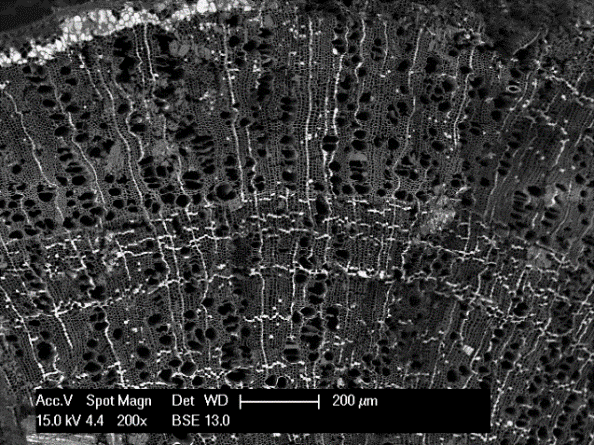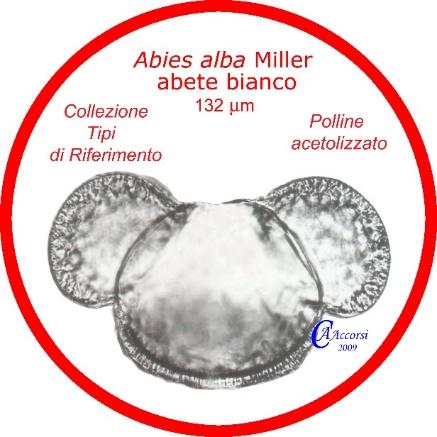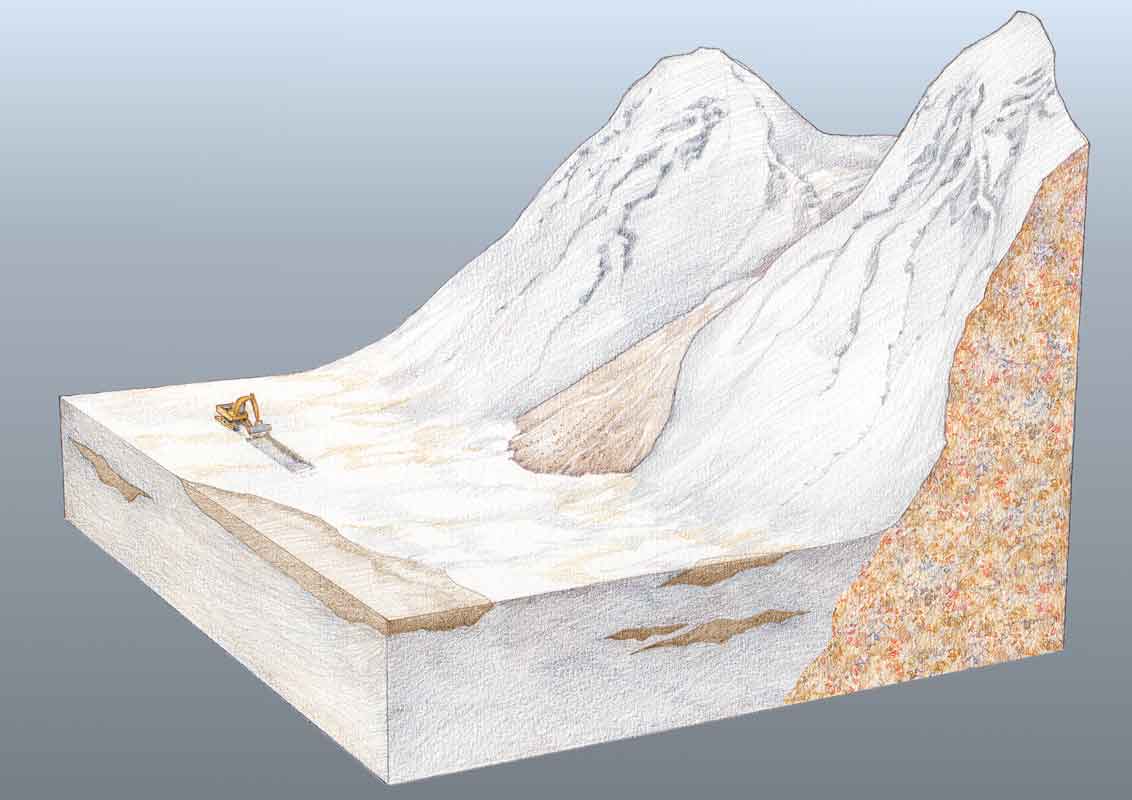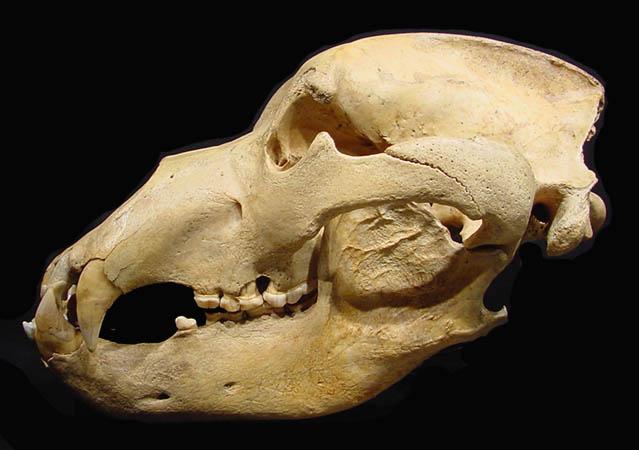Anthracology is ‘the history of the plant environment and its exploitation by man, as well as how wood is used’ (Pernaud et Thiébault, 2002, p. 705). This discipline is based on the study of ancient charcoal found mainly in archaeological contexts (archaeological anthropology). However, it is also carried out away from archaeological sites on charcoal from natural accumulations of sediment (pedoanthracology).
Anthracologists use the anatomy of charcoal as seen under a microscope to determine the species of tree, shrub or bush from which the charcoal comes.

Microscopic view of a charred hazel twig uncovered in the Pertus II Neolithic sheepfold cave (Méailles, Alpes de Haute-Provence). © S. Jacomet (CEMEF)
PERNAUD J.-M., THIÉBAULT S. (2002) - Anthracology, in J.-C. Miskovsky (ed.), Geology of prehistory: methods, techniques, applications, Association for the Study of the Geological Environment of Prehistory, Paris, Géopré, p. 705-715

Fir pollen viewed under a microscope © Collection de référence C. A. Accorsi (https://creativecommons.org/licenses/by-nc-nd/2.0/)
Palynologists use microscopes to observe the pollen grains of plants preserved in the fill of archaeological sites or, more often, in wet environments away from archaeological sites, such as lakes, peatlands and riverbanks. Thanks to comparisons with collections of modern pollen grains, the identification of the species/genres/families found in the samples makes it possible to retrace the plant cover, its evolution and the transformations caused by climate or human communities (anthropic impact).
Geomorphology is based on looking at soil layers, the morphology of a landscape and the more detailed analysis of soil samples in a laboratory. The composition of these soils, as well as their structure and, more generally, the characteristics of the landscapes associated with them, depend on particular climates.
It is up to geomorphologists to identify the traces of ancient climates in these layers and to ascertain the disturbances caused by human activity. This discipline sheds light on human practices and climatic events that may have played a part in shaping landscapes.

Reconstruction of the geomorphological setting of Oraison, Alpes de Haute-Provence (© illustration Pierre Yves Videlier – Atelier Scène de Papier according to Tanguy Leblanc – SDA04). Dotted line: archaeological survey area; 1: Valensole plateau puddingstone; 2: Durance paleochannel; 3: alluvial fan; 4: Valensole plateau colluvium on the Durance plain; 5: Durance paleochannel and silts on the alluvial plain.

Palaeolithic cave bear skull (Province of Cuneo) © Michaela Ferrero - Complesso Monumentale di San Francesco - Cuneo Civic Museum).
Zooarchaeologists study the remains of animal bones in order to determine the relationship between human groups and the fauna (wild or domestic) that they exploited. The most precise identification possible of the family, genus or species of the animals to which the teeth and bones unearthed belonged is carried out by comparison with an osteological collection (collection of actual skeletons).
Zooarchaeological studies have also enabled us to determine the age range and sometimes the gender (male/female) of these animals, how they were hunted, fished or reared, and how they were consumed.